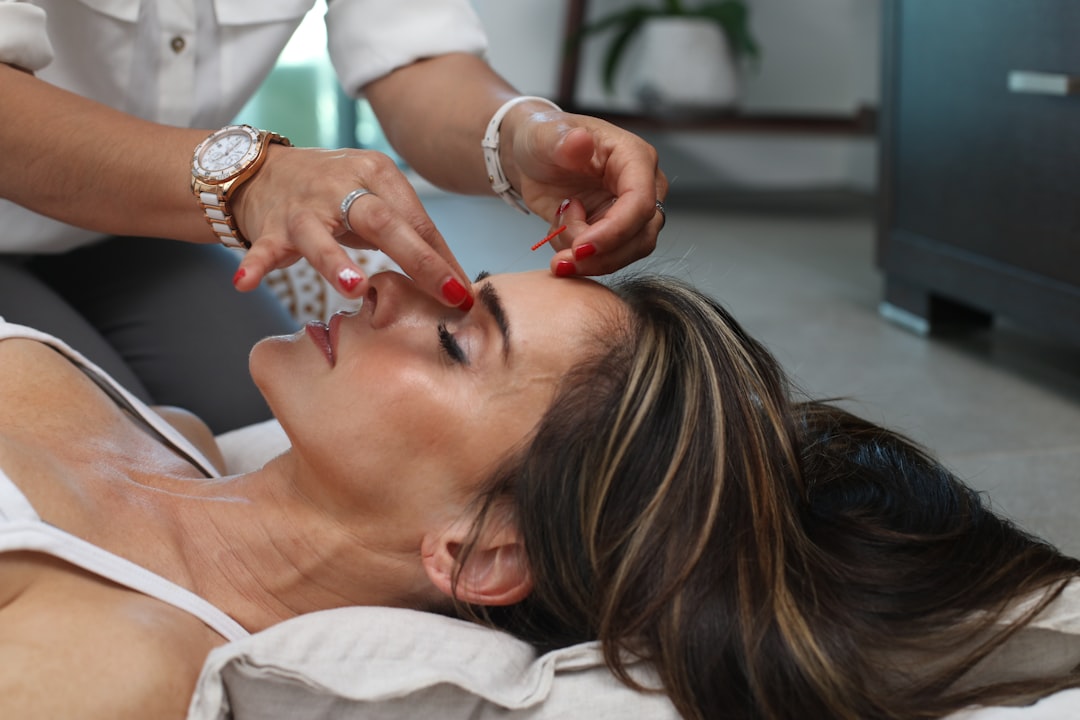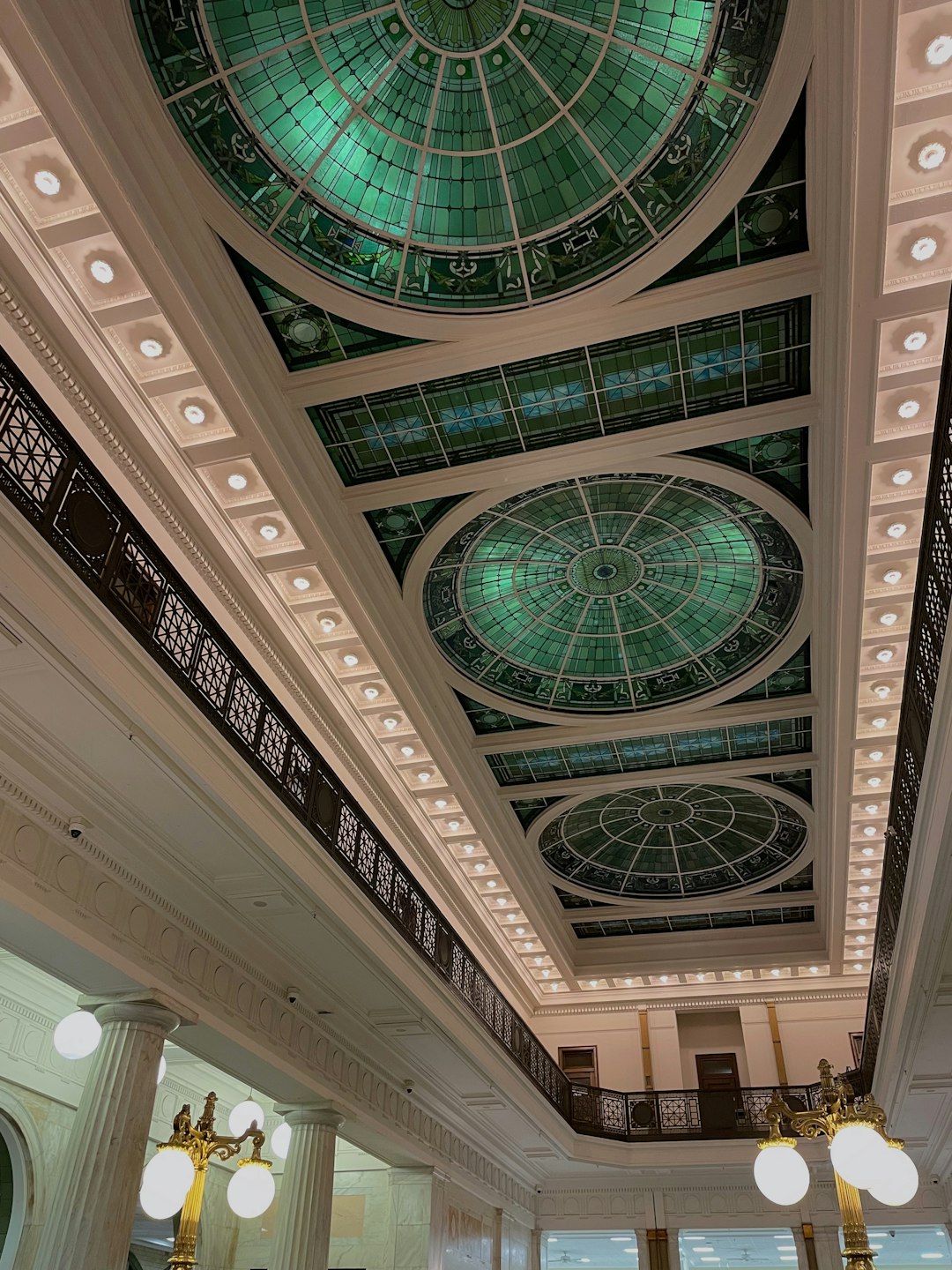Last Stop on the Try-Anything Train
One of the ways we ask our acupuncture students to demonstrate their learning is by keeping a clinic journal. Those can be really fun to read. For example, this entry from A., POCA Tech cohort 9:
My takeaway after Day 1 as a student intern at WCA was simply: People seek treatment for just about anything you can imagine. I started keeping a list so that I could look back on it with a "wow" later on. Everything from low back pain, to gout, to neuropathy. It is stunning how many things can’t be easily treated by modern medicine. In particular: difficult and chronic conditions that doctors don’t have answers for. I am so glad that there is SOMETHING that works for people, and hopefully they get some relief - even if it's only for an hour at a time. There is hope of relief. That is a big deal when other things haven’t worked. I remember reading something Lisa wrote along these lines-- That hope is worth a lot, and often people are at the end of their rope by the time they reach our clinic. It may be really unorthodox or "out there" for them and we're the last stop on the try-anything train.
Well choo-choo bitches, let's get it rolling.
I love A.’s metaphor for many reasons, not least that choo-choo bitches isn’t at all how acupuncture is typically advertised. A lot of acupuncture marketing in the US looks like a variation on this theme:

So it’s understandable that many people in this country have the impression that acupuncture’s target demographic is wealthy white ladies and acupuncture is a subset of the beauty and wellness industry. Maybe it’s just me but the acupuncturist in this photo, with the perfect manicure and the expensive watch (not to mention the theatrical hand positioning), does not seem like a choo-choo bitches kind of person.
A big part of why WCA happened in the first place was two end-of-their-rope, try-anything patients of mine, C and B. I met them when I was working on a pilot project for Kaiser Permanente to provide acupuncture to their hospice clients. C was on hospice, which meant he was expected to live less than six months. He didn’t actually want acupuncture, he didn’t like acupuncture, but his wife and caregiver B did want it (for stress) and did like it — however, she couldn’t get it unless he got it too, those were the rules of the pilot project. I didn’t expect that regular acupuncture would get C kicked out of hospice and that he would live an additional five years, which B credited to the treatments.
I started treating them in late 1999 and by late 2001, it was obvious to all of us (including C’s doctors), that acupuncture twice a week was a literal lifeline for him. But C and B couldn’t afford market-rate treatments and I couldn’t afford to tie up my single-room private office for them twice a week. And that’s when the private room paradigm I learned in acupuncture school shattered into a million shiny pieces. Apparently it was delicate, not unlike the fancy white and gold watch on the acupuncturist’s wrist in the photo, and it got walloped by the impact of acupuncture’s actual power — which was not to magically cure C of a terminal illness, but to sustain him, to keep him going, to give him a dramatically improved quality of life.
In order to keep giving C the treatments he needed, I had to make a container that could hold a whole lot of other people and their treatments as well, and that container turned out to be WCA. The framework of acupuncture as a costly individual benefit for the fortunate few just didn’t serve C and B — or me as their acupuncturist. A lot of the people who benefit most from acupuncture are actually not fortunate, that’s kind of the point. I mean, acupuncture for beauty and wellness is fine, but it leaves out the part where sometimes the problem isn’t wrinkles and fine lines. The part where acupuncture might save someone’s life — IF they can get enough of it.
And in case you’re wondering whether C’s case was a total outlier, it wasn’t. Three other patients that I know of with serious and/or late stage lung disease have had similar dramatic outcomes, within the context of hundreds of regular treatments at WCA. And there are even more patients dealing with chronic pain who have mentioned, sometimes offhandedly, that they’d been planning to end their lives before regular acupuncture made their pain manageable. Adding years to someone’s life with community acupuncture isn’t a common phenomenon, but it happens often enough to make us very serious about creating access.
Not everybody will get results from acupuncture. There’s a spectrum of response and people like C are on one end of it. Most people are somewhere in the middle. There’s no way to guess where someone will land, they just have to get some acupuncture and see how they feel. But as Arielle pointed out, when other interventions have offered no relief at all, ANY amount of relief is something to celebrate. Sometimes even temporary relief is enough to give someone the hope they need to keep managing a chronic condition.
Our society is hyper-individualistic, so I guess it’s not surprising that the dominant paradigm for acupuncture reflects that. Many acupuncturists are focused on creating their individual brand -- which is fine -- and many patients are focused on finding the perfect individual acupuncturist to match their preferences -- which is also fine. The problem is with the narrative: that the value of acupuncture exists only as an individual benefit, whether that’s for acupuncturists hoping to build up a practice that they can sell someday or for patients seeking their ideal wellness experience. The privatized version of acupuncture leaves a lot of people out — a lot of desperate people.
Low-barrier acupuncture, available in abundance to anyone who wants it, is maybe not interesting or sexy enough for people who’re invested in acupuncture as an aspect of the beauty and wellness industry. (Let’s be honest, some people find exclusivity extra sexy.) Low-barrier acupuncture, available in abundance, prioritizes people who have fewer resources and fewer options to manage their health. Its value is communal and increases in proportion to people being able to try it. Having options is important, especially when you’re desperate.
One of the realities of running a small business is that you can’t make everybody happy and you can’t meet everybody’s needs. Because your resources are limited, you have to identify your priorities and then stick to them. Sometimes people wonder why WCA is set up the way it is, and part of the long answer is, we know that acupuncture won’t help everybody so we’re not trying hard to sell everybody on it. We also know that it’s likely to help most people to some degree. But the kicker is, for a relatively small percentage of people, access to regular acupuncture is a matter of life and death. Our highest priority is making acupuncture easy to try because that small percentage is always on our minds.
As an acupuncturist, offering lots of people the opportunity to try something really weird that might really help them is actually incredibly rewarding! I’m grateful I’ve spent my career hanging out at the last stop on the try-anything train. It makes me think of the old Penn Station building in Baltimore, where I grew up. My family didn’t have much money, so going to look at the ceiling of a train station counted as a special outing. This ceiling:

I remember what it felt like to look up and gasp; I wasn’t expecting the inside of this shabby old station to glow. That’s how I imagine the last stop on the try-anything train: Pretty much anybody can wander in to check it out, maybe be surprised, maybe catch a glimpse of something luminous. That’s what makes it valuable.




